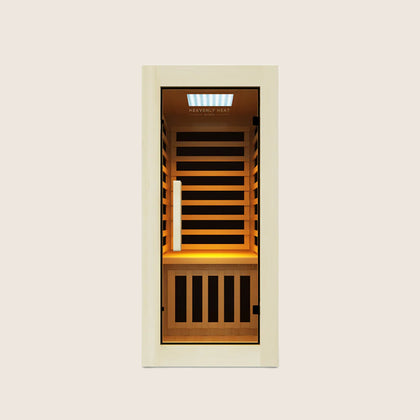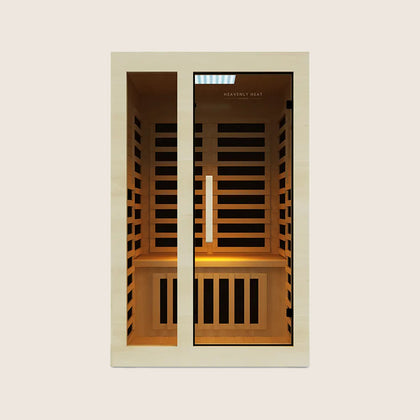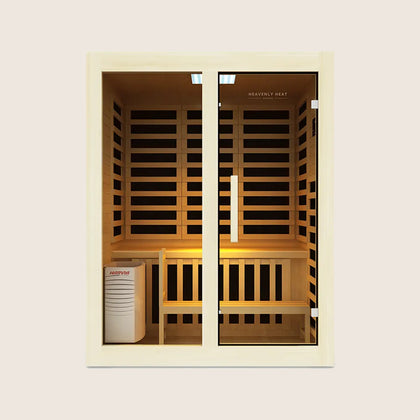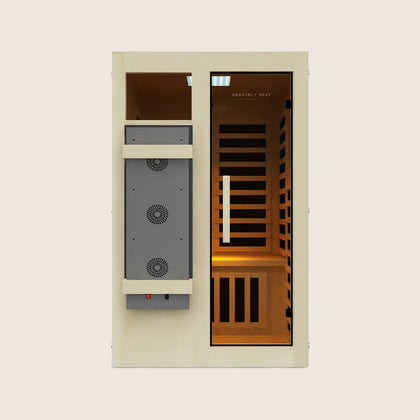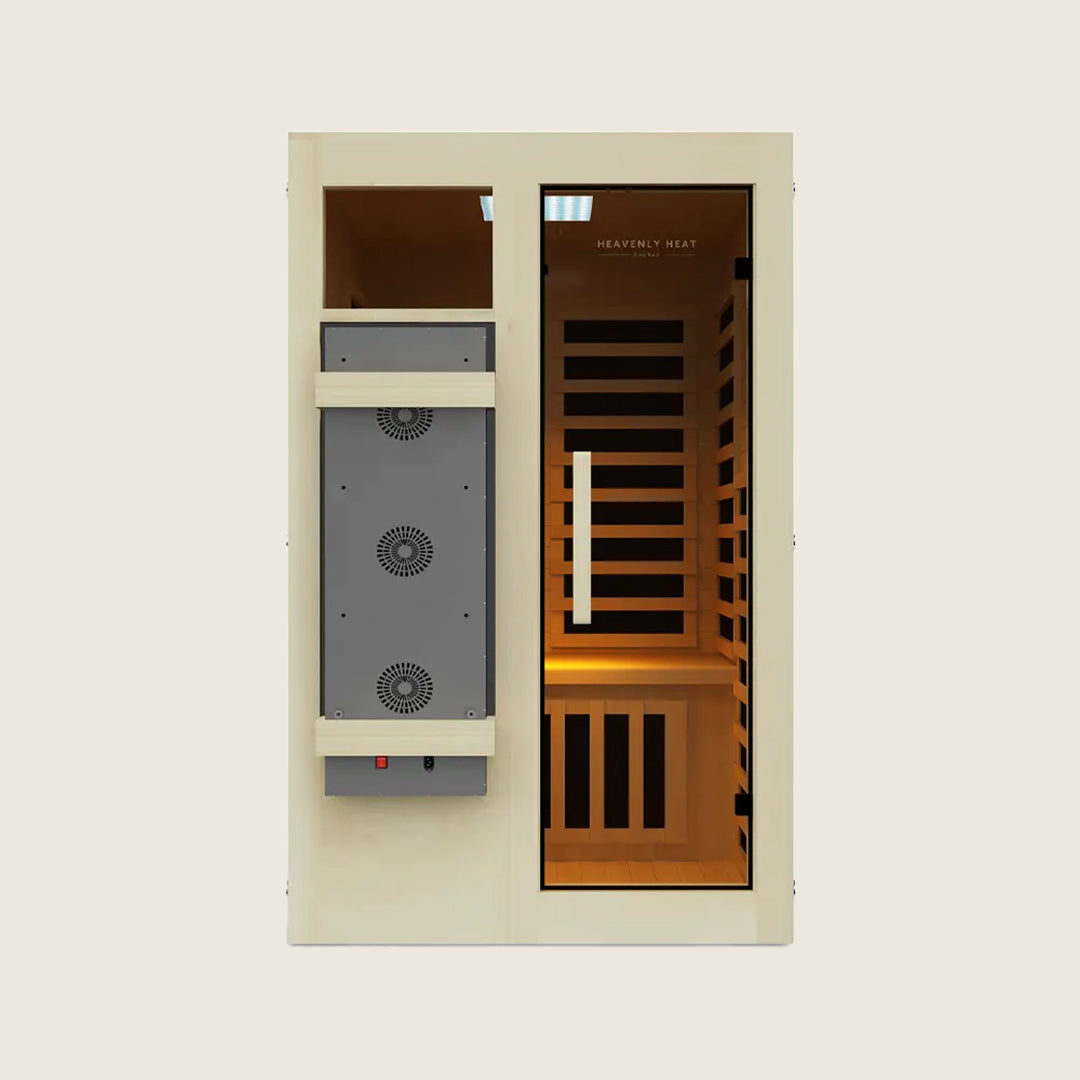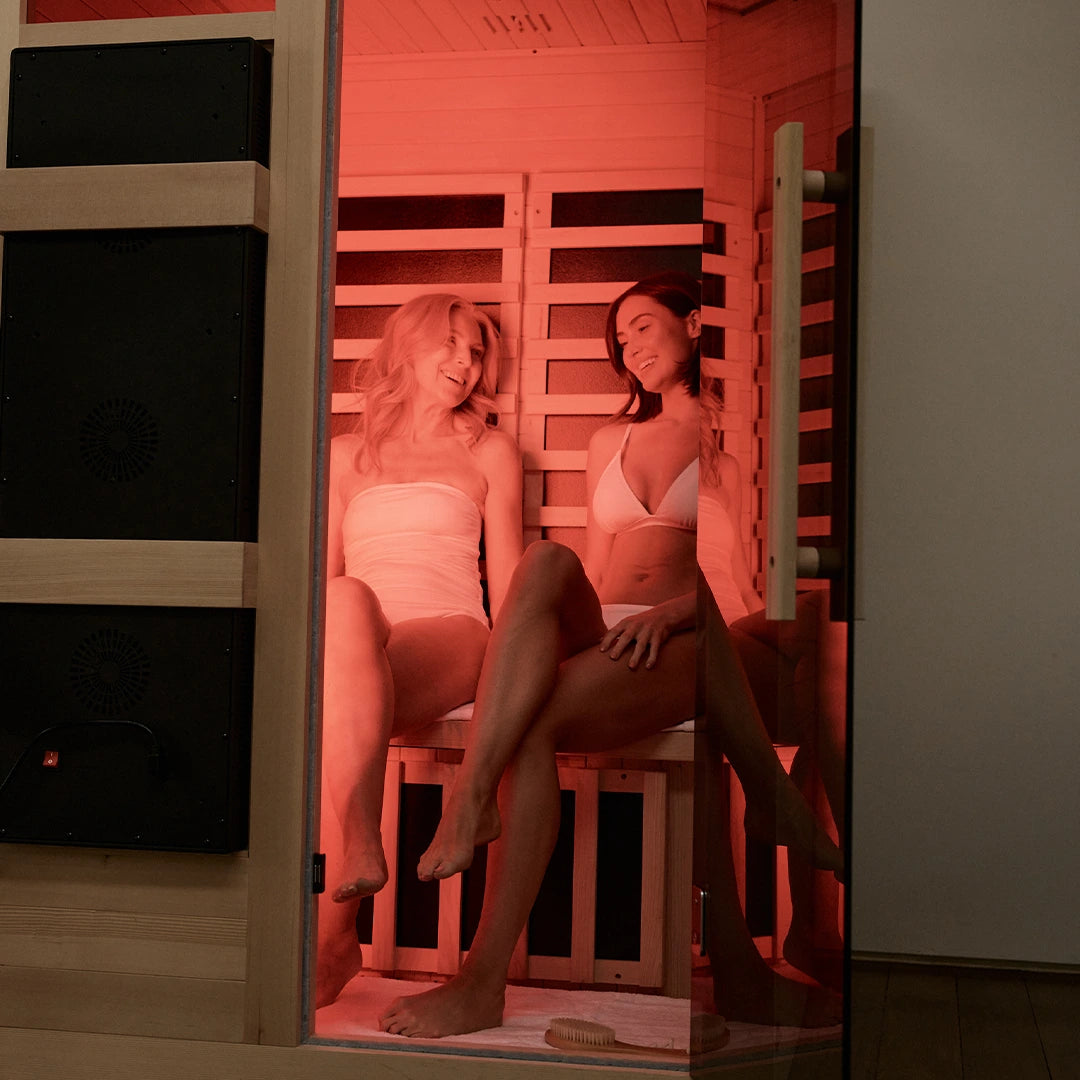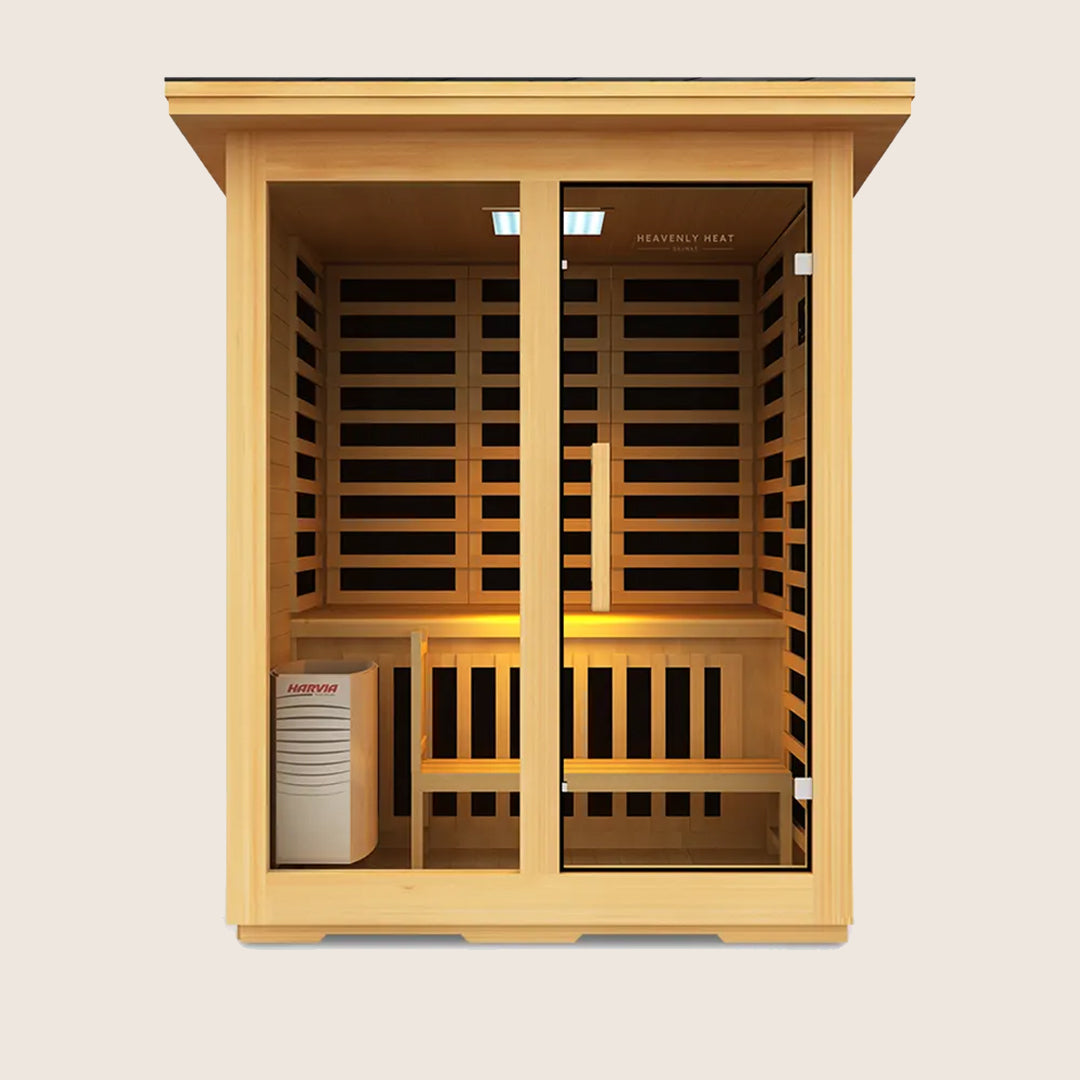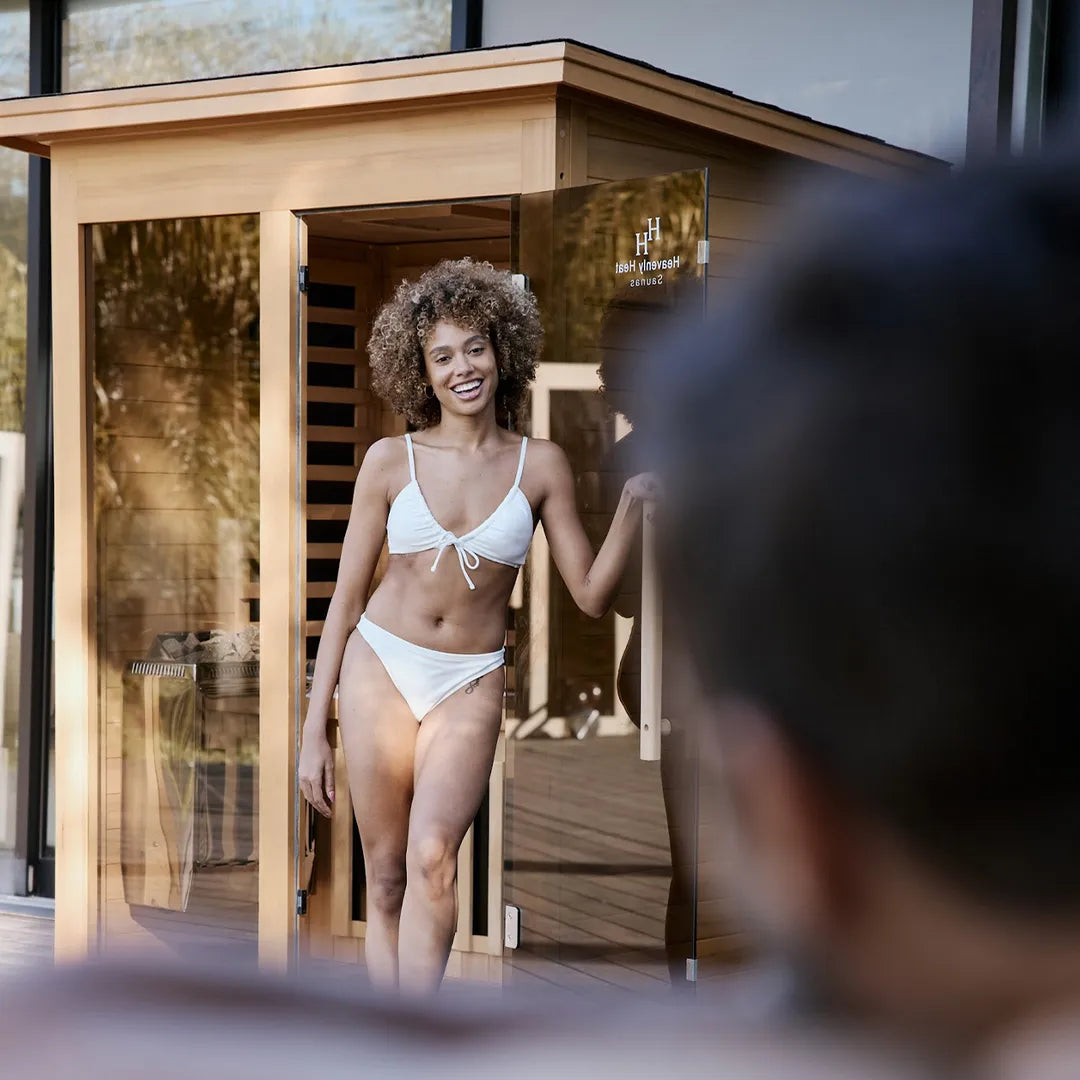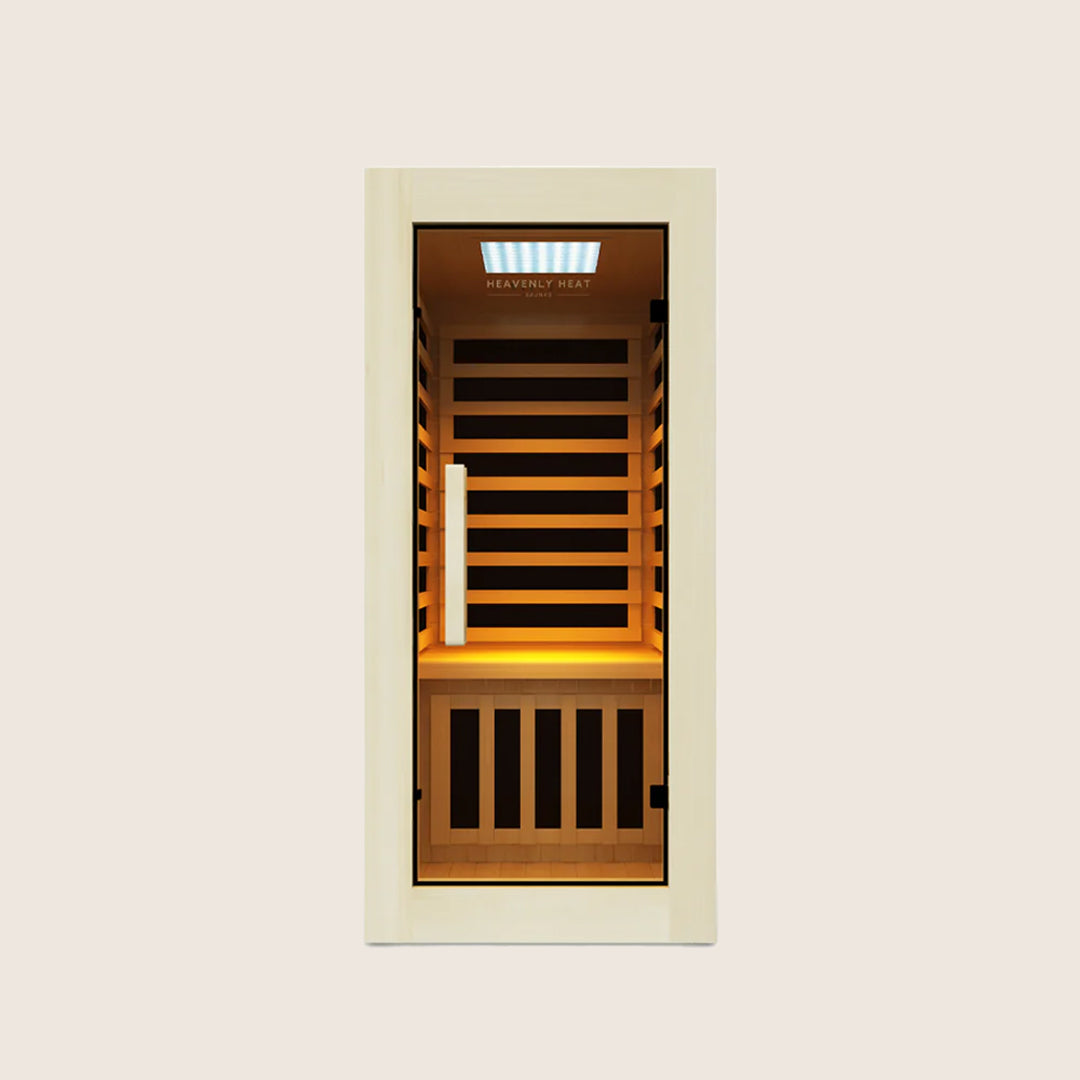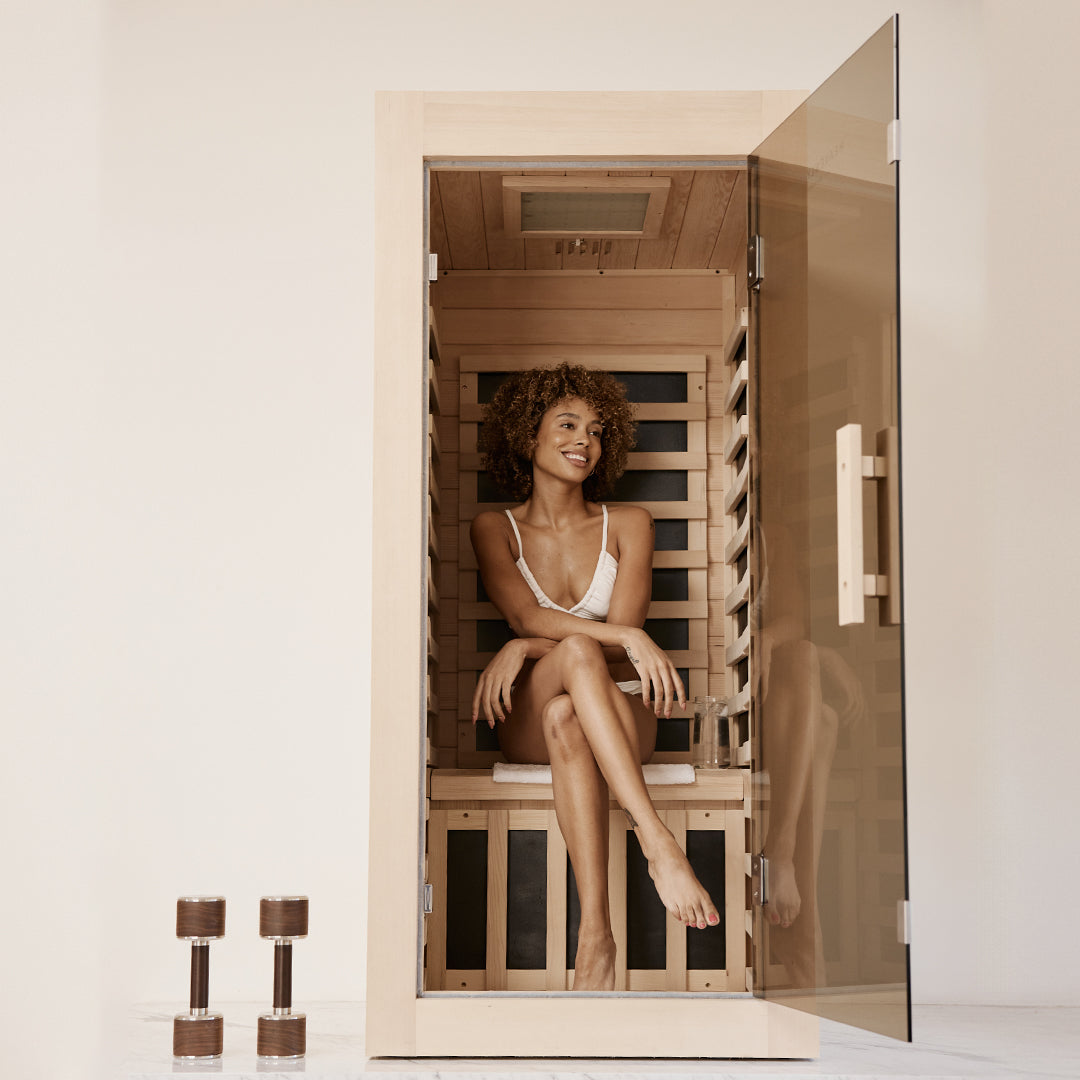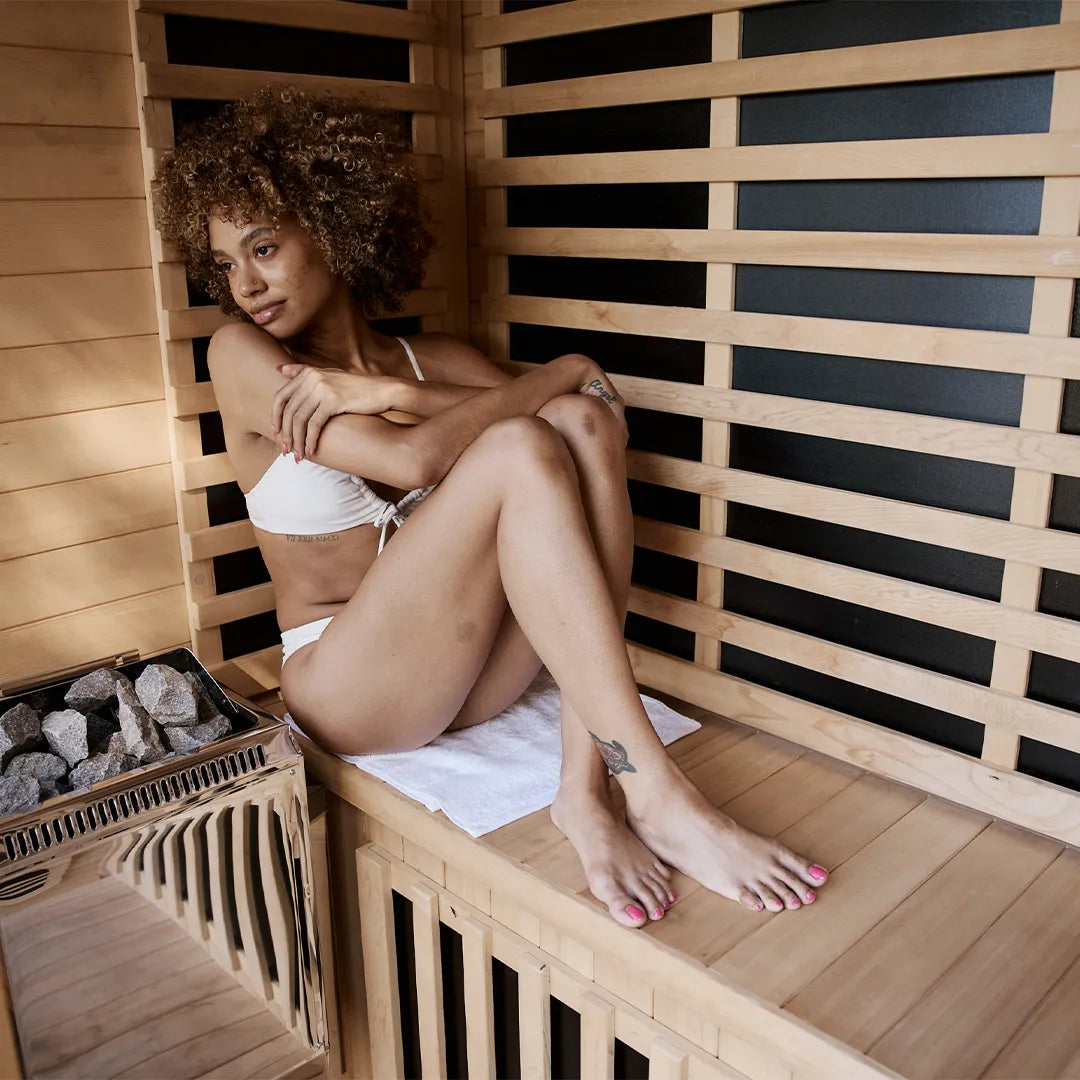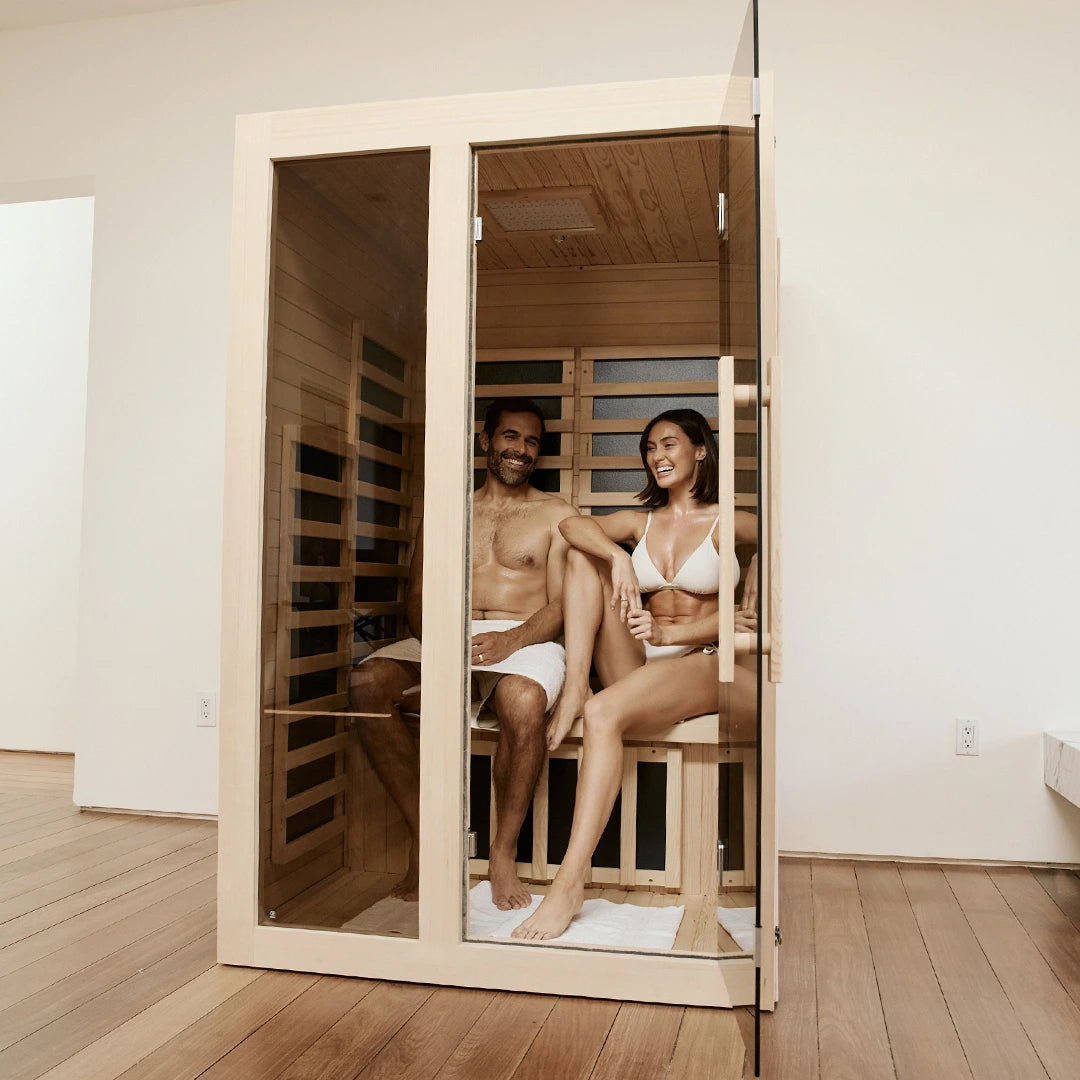Can You Use Red And Blue Light Therapy Together?
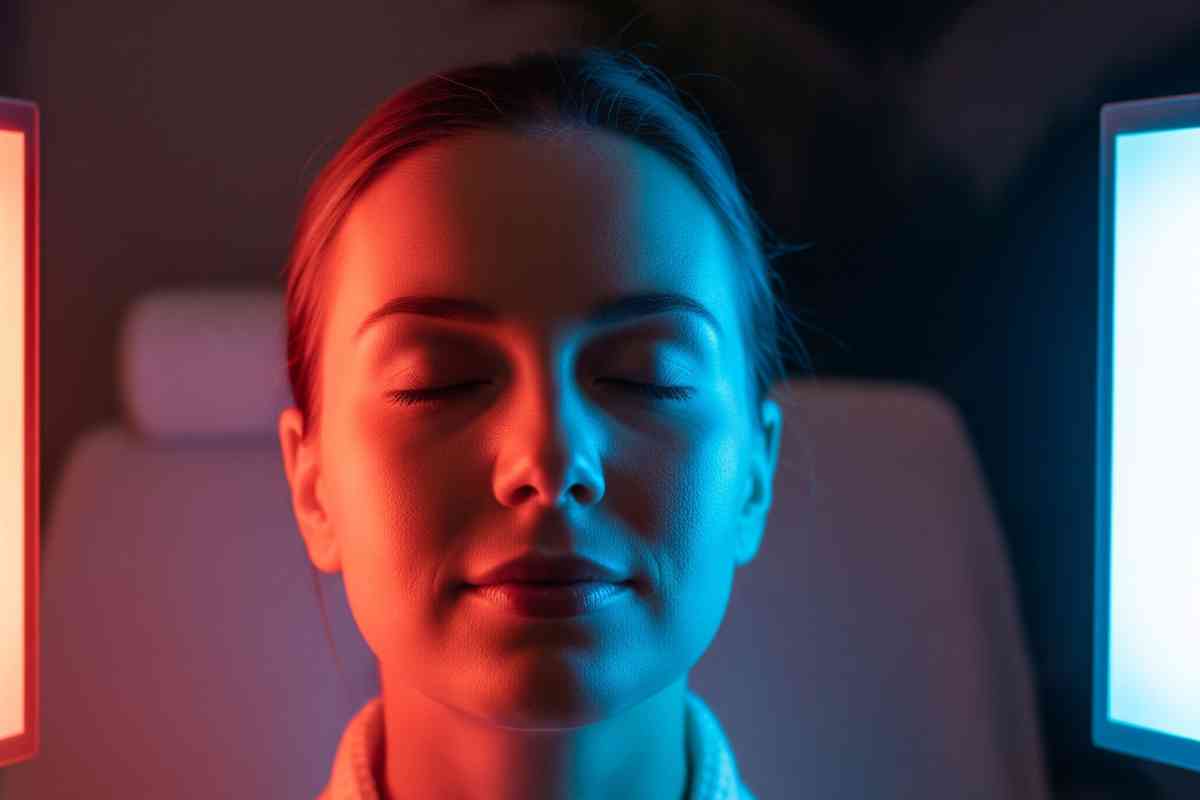
Want clear, glowing skin without harsh chemicals? Red and blue light therapy might be your answer.
These two powerful lights team up to fight acne, reduce redness, and smooth your skin. In this guide, you’ll learn how they work, why they’re better together, and how to use them for the best results.
Table of contents
Key Takeaways
Use Both for Best Results: Red and blue light together treat acne more effectively by targeting both bacteria and inflammation.
Heal Faster, Scar Less: This combo boosts skin repair while reducing the risk of scarring.
Calm and Clear Your Skin: Red light reduces deep inflammation; blue light calms surface redness.
Improve Texture and Tone: Regular use helps smooth skin, reduce wrinkles, and balance oil.
Be Consistent and Safe: Stick to 10–20 minutes, 3–5 times a week, and always protect your eyes.

What is Blue Light Therapy and Red Light Therapy?
Blue light therapy (BLT) uses specific wavelengths of blue light to target the skin’s surface, primarily to kill acne-causing bacteria and reduce oil production.
It was initially developed to treat acne and certain skin conditions like psoriasis. More recently, it has been explored for its potential in improving mood disorders and regulating circadian rhythms.
Red light therapy (RLT) uses red and near-infrared wavelengths to penetrate deeper into the skin, stimulating cellular activity and promoting tissue repair.
Originally used to accelerate wound healing and reduce inflammation, it has since been studied for anti-aging effects, pain relief, and muscle recovery.
What is the Difference Between Red and Blue Light Therapy?
Wavelength and Penetration Depth
Red and blue light therapy differ mainly in their wavelengths and how deeply they penetrate the skin.
Red light typically ranges from 630–670nm and near-infrared (NIR) from 810–890nm, allowing it to reach deeper layers of tissue. Blue light, on the other hand, ranges from 400–495nm and mostly affects the skin’s surface.
This difference in penetration happens because skin absorbs and scatters light differently depending on the wavelength, allowing longer wavelengths like red to go deeper.
Primary Skin Benefits
Red and blue light therapies serve different skin needs. According to the National Library of Medicine, blue light therapy significantly reduces acne by targeting bacteria and inflammation, showing visible improvements within just one week.
It’s safe, easy to use, and well-received by users. According to a study, red light therapy improves skin texture, boosts collagen, and enhances overall appearance, making it effective for anti-aging and skin rejuvenation.
While blue light is best for acne-prone skin, red light supports healing and smoother skin. Both therapies are non-invasive, safe, and effective solutions for enhancing skin health.
In conclusion, red and blue light therapies offer safe, non-invasive, and effective solutions for improving skin health, blue light effectively treats acne by targeting bacteria and inflammation, while red light enhances skin texture, promotes collagen production, and supports anti-aging and rejuvenation.
Conditions Treated
Red and blue light therapies treat different skin and health issues. Blue light helps with acne, sun damage, and precancerous spots.
Red light targets wrinkles, scars, and inflammation, and also supports pain relief, muscle recovery, and hair growth.
Each therapy works differently to improve skin and overall wellness. In conclusion, red and blue light therapies offer distinct benefits, with blue light primarily addressing skin concerns like acne and sun damage, while red light promotes healing, reduces inflammation, and enhances overall wellness, including skin rejuvenation and pain relief.

Suitability for Skin Types
Understanding skin types, normal, dry, oily, and combination, is key to choosing the right light therapy.
Normal skin is balanced, dry skin lacks moisture, oily skin overproduces sebum, and combination skin has both dry and oily zones. Accurate identification ensures effective and targeted skincare treatments.
What Are the Benefits of Using Red and Blue Light Therapy Together?
Dual Acne Treatment Power
Red and blue light therapy team up to fight acne in two powerful ways. Blue light kills the bacteria that cause breakouts, while red light goes deeper to calm redness and help your skin heal.
When used together, they create a stronger treatment. A 2024 study on Science Direct found both lights improved acne by up to 63%, showing how this combo clears skin faster and more effectively.

Faster Skin Healing and Repair
Using red and blue light therapy together helps your skin heal faster and leaves less scarring.
Red light (630 nm) gives your skin cells a boost by activating a natural repair pathway that helps them grow and close up wounds.
Blue light (450 nm) steps in to calm things down, reducing too much inflammation that can lead to thick, raised scars.
They work best as a team, red light first to speed healing, then blue light to keep scarring in check.
A 2024 study in Communications Biology found this combo helped wounds heal quicker and cleaner by targeting different steps in the skin’s repair process.
Reduced Redness and Inflammation
Red and blue light therapy work together to calm the skin by targeting inflammation at its source.
Red light boosts collagen and reduces swelling by reaching deeper layers, while blue light helps clear bacteria and soothe surface irritation.
When combined, they not only reduce redness but also help prevent future flare-ups. One study showed that using 415 + 470 nm blue light decreased damaging oxidative stress while reducing acne-related inflammation.
Another study found red light increased collagen and improved skin texture, confirming how these therapies safely support clearer, calmer skin.
Improved Skin Texture and Tone
Red and blue light therapy make a great team when it comes to improving your skin’s texture and tone.
Red light reaches deep into your skin, giving your cells more energy to heal, produce collagen, and fight signs of aging.
Blue light works closer to the surface, killing acne-causing bacteria and calming oily skin. In one study, women who used red light twice a week for three months saw smoother, firmer skin and fewer wrinkles.
Another large review found that using both red and blue lights together can clear acne and refresh the skin’s overall look.
Can You Use Red and Blue Light Therapy Together?
Yes, you can safely use red and blue light therapy together for enhanced skin benefits.
Blue light targets surface bacteria to treat acne, while red light penetrates deeper to reduce inflammation, promote healing, and boost collagen.
Together, they improve skin clarity, texture, and tone, making the combo especially effective for acne, anti-aging, and overall skin rejuvenation.
How Long Should You Do Red and Blue Light Therapy?
Red and blue light therapy sessions typically last 10–20 minutes, 3–5 times per week. Duration and frequency depend on individual needs, device type, and treatment goals.
Some users, especially for pain relief, may start with more frequent sessions and reduce as improvements occur (BlockBlueLight NZ).
How to Use Red and Blue Light Therapy on the Face?
Start with Clean Skin: Always wash and dry your face before using light therapy to ensure better absorption and effectiveness.
Choose the Right Light: Use red light for anti-aging and skin repair, and blue light to target acne and breakouts.
Follow the Time Guidelines: Stick to the recommended usage time (usually 10–20 minutes) to avoid overexposure.
Stay Consistent: For best results, use light therapy regularly, about 3 to 5 times per week, depending on your device.
Protect Your Eyes: Always wear protective goggles or keep your eyes closed during the session to avoid irritation.


